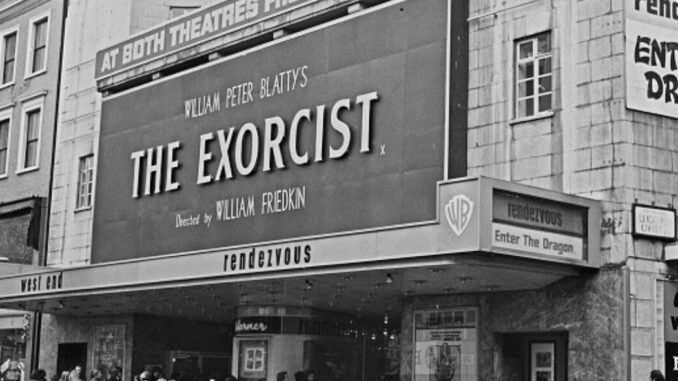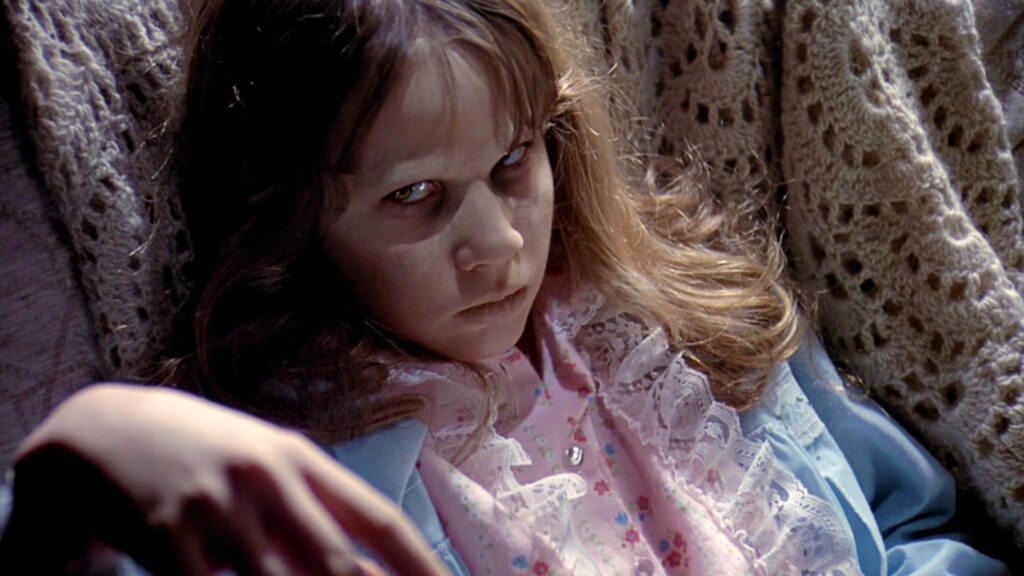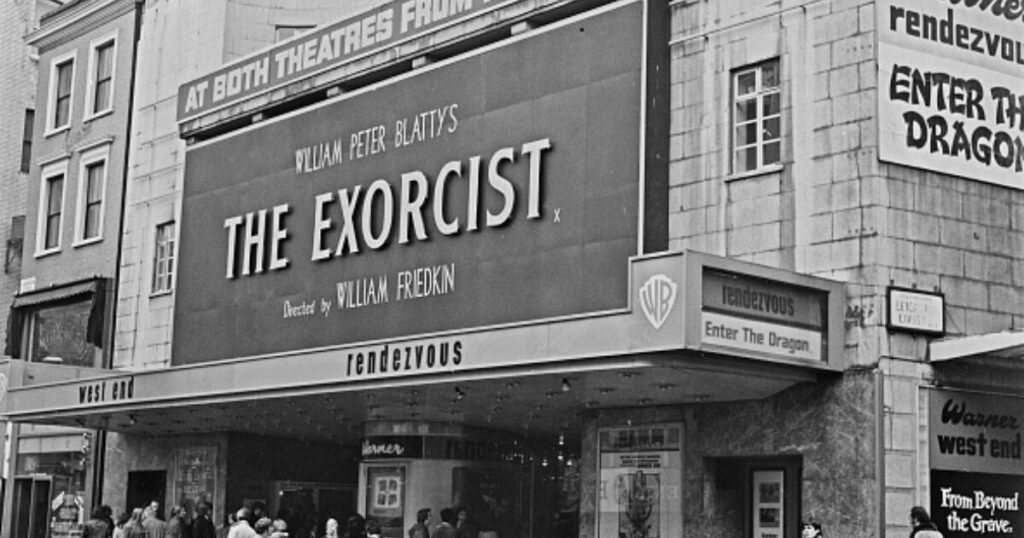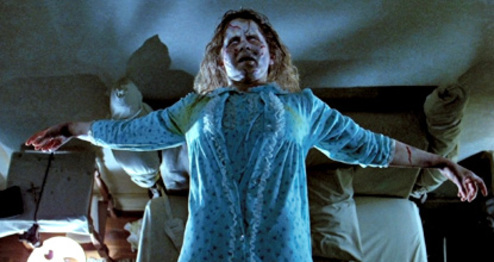
When “The Exorcist” premiered in 1973, directed by William Friedkin and based on the novel by William Peter Blatty, it didn’t just push the boundaries of horror; it fundamentally transformed the genre. The film’s chilling impact on audiences was not just due to its disturbing visual and sound effects but also to the intense and eerie atmosphere created on set.
The production of “The Exorcist” was marred by numerous unsettling incidents that have become almost as legendary as the film itself. From the outset, the movie drew from deeply disturbing material, based on a real-life exorcism of a young boy in 1949, which Blatty had read about during his college years at Georgetown University.
Casting for the film also stirred interest, with notable figures like Marlon Brando and Jack Nicholson initially considered for roles. However, it was the intense performances delivered by the likes of Ellen Burstyn and Linda Blair that brought the terror of “The Exorcist” to life. Behind the scenes, the physical toll on these actors was significant. Burstyn suffered a permanent back injury during a stunt gone wrong, a stark reminder of the physical demands of her role.




Director William Friedkin was known for his demanding directorial techniques, which included firing guns on set to elicit authentic reactions from the cast and even slapping a priest to prepare him for a take. Such methods have sparked discussions about the ethical treatment of actors within the industry.
The set itself seemed to be a focal point of peculiar occurrences, highlighted by a mysterious fire that destroyed Regan’s bedroom set. Special effects, another cornerstone of the film’s success, utilized innovative techniques for that era. Memorable scenes, like Regan’s head-spinning and the projectile vomiting, were achieved through mechanical rigs and mixtures like the infamous “pea soup” vomit, which used split pea soup, oatmeal, and food coloring.
“The Exorcist” not only garnered box office success but also achieved critical acclaim, breaking ground as the first horror film to be nominated for a Best Picture Oscar. It sparked a surge in public interest in exorcisms and left a lasting impact on the horror genre, paving the way for future films to explore themes of supernatural and possession with newfound depth and intensity.
As we look back on “The Exorcist” decades later, its legacy endures, not only as a pinnacle of horror cinema but also as a catalyst for broader discussions about the intersection of film production ethics, actor welfare, and the pursuit of artistic authenticity. The film remains a pivotal study in how real-life horror can blend with cinematic horror to create something truly unforgettable.



